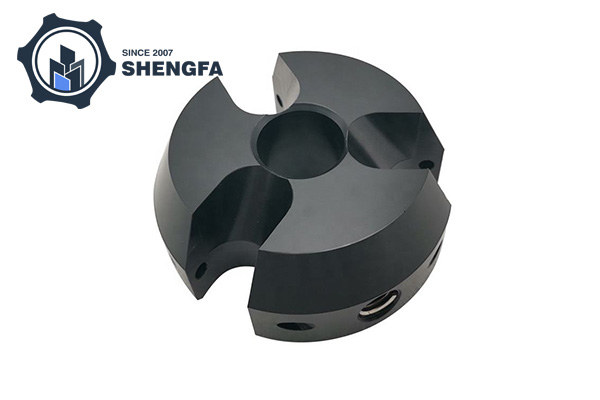What Is CNC Machining and Why Is It Vital in Modern Manufacturing?
2025-06-24
CNC machining stands for Computer Numerical Control machining—a manufacturing process in which pre-programmed computer software dictates the movement of factory tools and machinery. This technology enables precise and automated production of complex parts and components with minimal human intervention, making it a cornerstone of modern manufacturing.

What Is CNC Machining?
CNC machining uses computerized controls to operate tools such as lathes, mills, routers, and grinders. The process starts with designing a part using CAD (Computer-Aided Design) software, which is then translated into G-code—a language that directs the CNC machine’s actions. The machine executes the program to cut, drill, shape, or finish the material with high accuracy.
Key Features and Benefits
Precision and Accuracy: CNC machines can produce parts with tight tolerances and repeatability.
Automation: Reduces manual labor and human error.
Flexibility: Can quickly switch between different designs and materials.
Complex Geometry: Capable of producing intricate shapes that would be difficult or impossible manually.
Efficiency: Speeds up production and lowers waste.
Consistency: Every part made is virtually identical, crucial for quality control.
Common Materials Used in CNC Machining
Metals: Aluminum, steel, brass, titanium, copper.
Plastics: Acrylic, nylon, polycarbonate.
Composites and wood.
Applications of CNC Machining
Automotive: Engine parts, gearboxes, and custom components.
Aerospace: Precision components for aircraft and spacecraft.
Medical Devices: Surgical instruments and implants.
Electronics: Housings and heat sinks.
Consumer Products: Custom parts for gadgets and appliances.
Types of CNC Machines
CNC Milling Machines: Use rotary cutters to remove material.
CNC Lathes: Rotate the workpiece to perform cutting.
CNC Routers: Ideal for wood, plastic, and soft metals.
EDM (Electrical Discharge Machines): Use electrical discharges to shape hard materials.
Conclusion
CNC machining is a transformative technology in manufacturing, enabling high precision, flexibility, and efficiency. Its ability to produce complex parts consistently makes it invaluable across diverse industries, from aerospace to consumer electronics.


